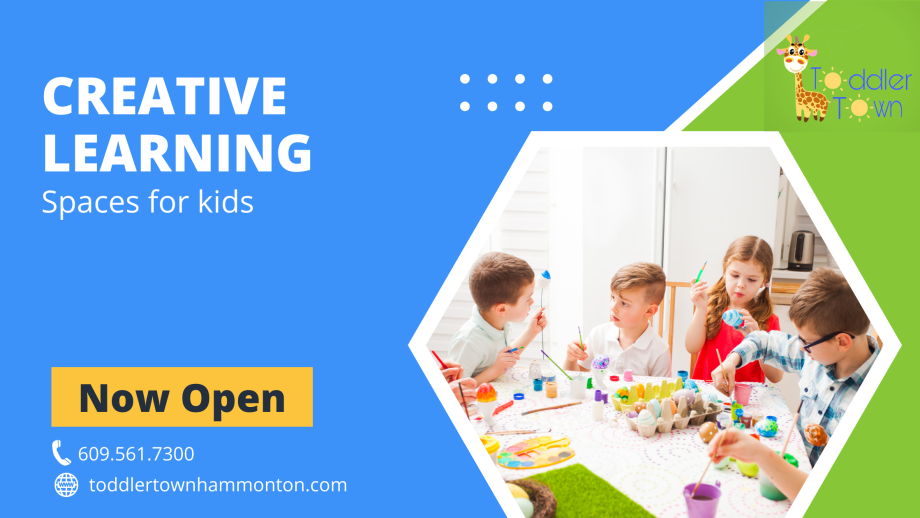In a technology-driven society, creativity is becoming more and more important because creative thinkers are able to come up with new ideas and solutions to unique problems. In response to this changing environment, schools are starting to create more creative learning spaces in order to help stimulate students’ creativity.
One reason why schools are developing more creative learning spaces is because it helps improve student achievement. In a study by the National Clearinghouse for Educational Facilities, it was found that “students in schools with high-quality facilities scored higher on standardized tests than those in schools with lower-quality facilities”. This finding suggests that schools that intentionally create high level creativity stimulating environments will give their students an edge over others that have not created a similar system.
Types of creative learning spaces: Indoor spaces and outdoor spaces
When it comes to creative learning spaces, there are two main types: indoor and outdoor. Indoor spaces can include a variety of different settings, such as classrooms, libraries, and museums. Outdoor spaces can include playgrounds, nature trails, and gardens. Each type of space has its own unique benefits for developing creative learning.
Indoor spaces provide a controlled environment where students can be more focused and productive. They offer a variety of settings that can be adapted for different types of learning activities. For example, a classroom can be used for lectures or group work, a library can be used for research or reading activities, and a museum can be used for interactive exhibits or tours.
Outdoor spaces provide a natural environment that is beneficial for both physical and mental health. They offer opportunities for exploration and hands-on learning experiences. Outdoor spaces can be found in schools, community centers, and even hospitals.
How to create a creative learning space for your child: Choose the right space, create an inviting space, add fun and educational elements
A creative learning space for your child does not have to be an elaborate setup with every toy and tool imaginable. With a little bit of creativity and some basic supplies, you can produce a fun and inviting learning space for your child in any room of your home. Here are a few tips on how to get started.
- Choose the right space. The best place for a creative learning space is a quiet corner where your child can focus without distractions. If possible, choose a spot that gets natural light to help stimulate creativity.
- Create an inviting atmosphere. Make sure the area is clutter-free and brightly lit. Add some comfortable seating and colorful decorations to make it more inviting.
- Stock the space with basic supplies. Include plenty of art materials, activity books, puzzles, and other educational toys to help keep your child’s mind active and engaged.
In conclusion, creative learning spaces for kids are important for their development. They allow kids to be creative and learn in a way that is fun and engaging. The spaces can be used for a variety of purposes, such as learning new skills, exploring new interests, and developing creativity. If you’re looking for a way to help your child learn and grow, consider creating or using a creative learning space.

